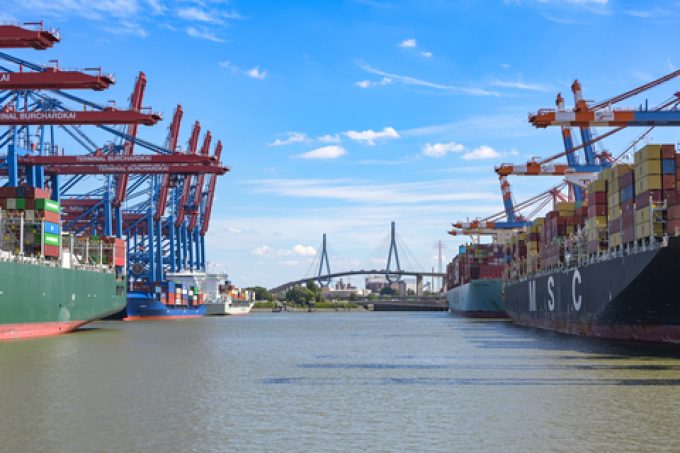Cancelled voyages take the sting out of spot rate declines this week
Container freight spot rates maintained their downward trajectory this week, as tariff uncertainty continued to ...

A combination of improved labour availability, due to the end of the school holidays and a reduction in Asian imports, has eased congestion at North Europe’s container hubs.
Moreover, a wage settlement last week at German ports is also expected to relieve the high yard density at Hamburg’s box terminals in the coming weeks.
According to new weekly data produced by supply chain intelligence company eeSea for the port of Rotterdam, congestion at the Dutch gateway and neighbouring Antwerp has declined significantly ...
Keep our news independent, by supporting The Loadstar
Container spot rates diverge: to Europe still falling, but firmer to the US
Volume surge and an early peak season? 'Don't celebrate too soon,' warning
Hapag-Lloyd won't take bookings if port congestion leaves cargo stranded
Ecommerce likely the front-runner in resurge of transpacific trade after deal
China-US trade tariff pause could drive a rebound for transpacific rates
Service chaos from trade ban with India a problem for Pakistan shippers
Airfreight rates ex-China 'loss-making', but hopes of a trade deal stay high

Comment on this article